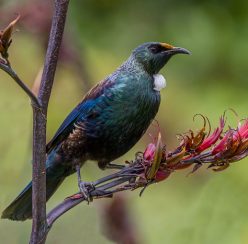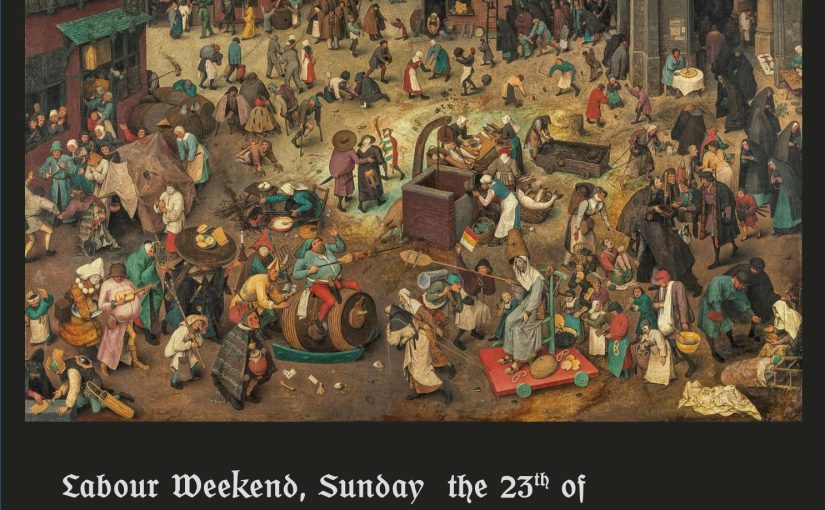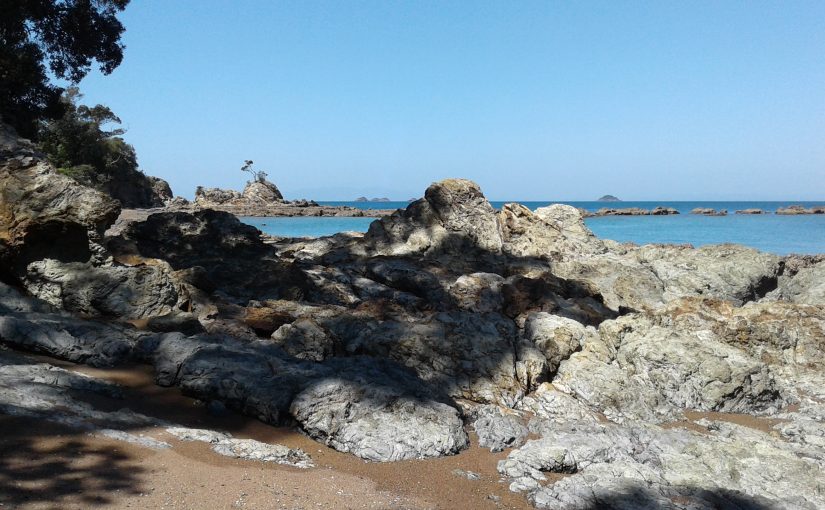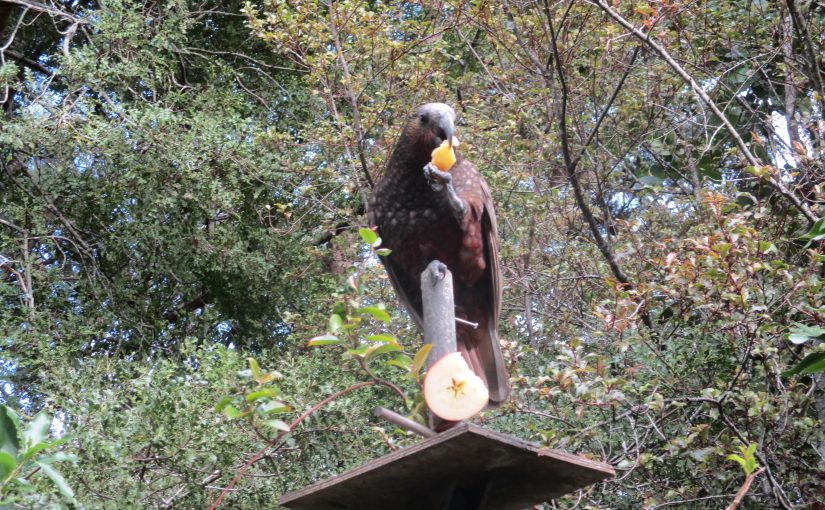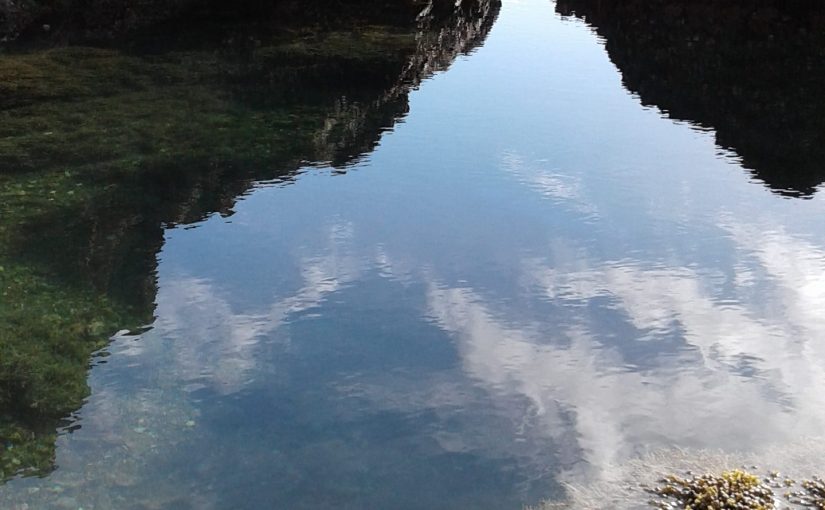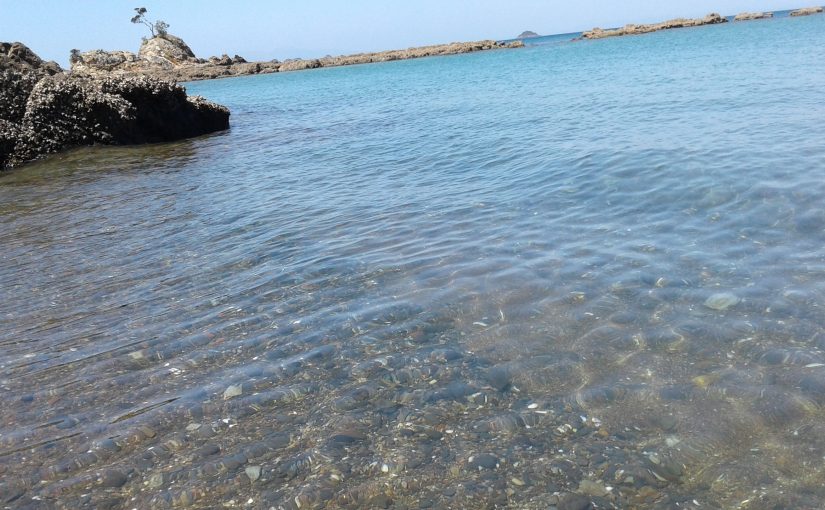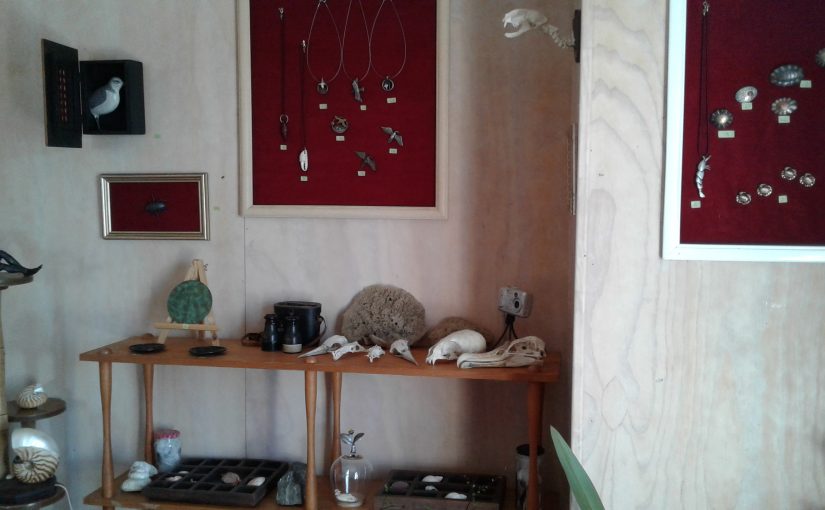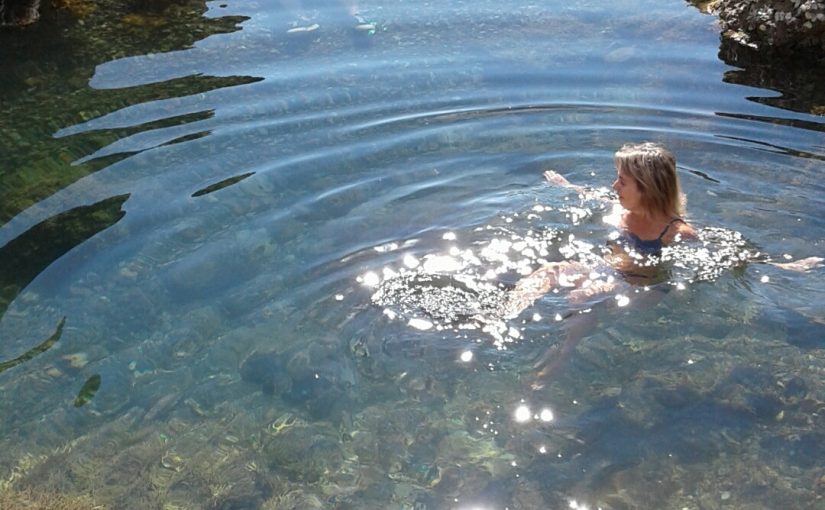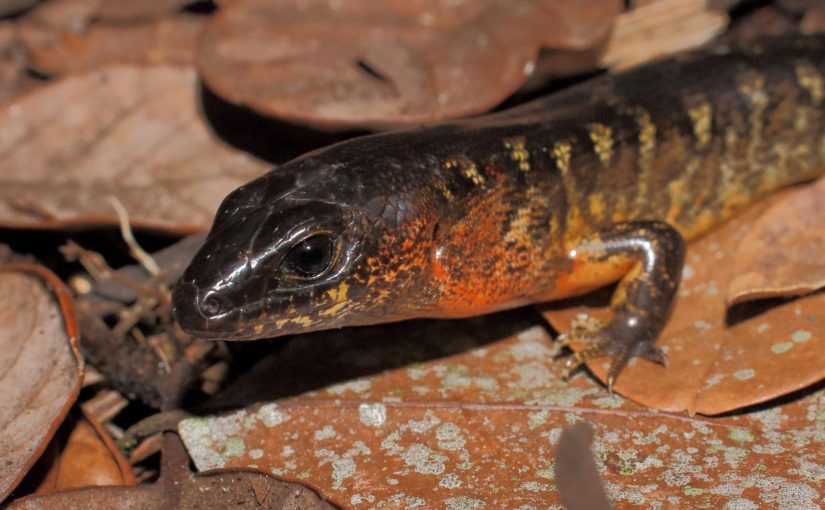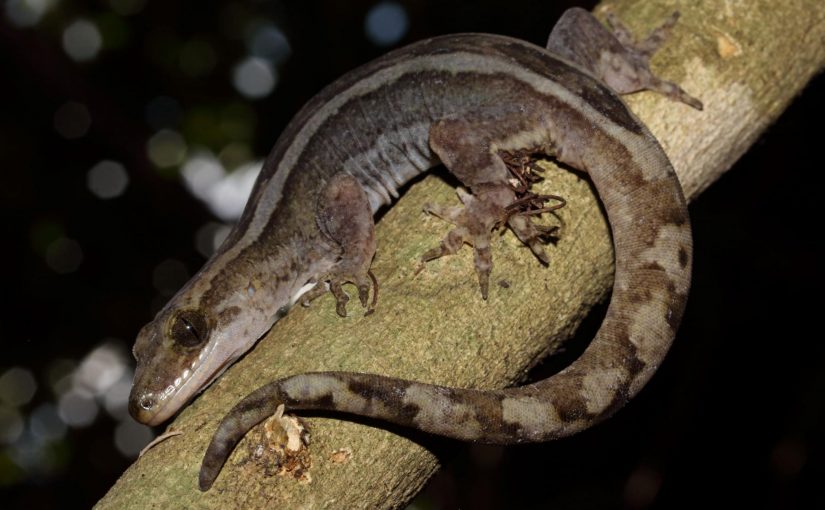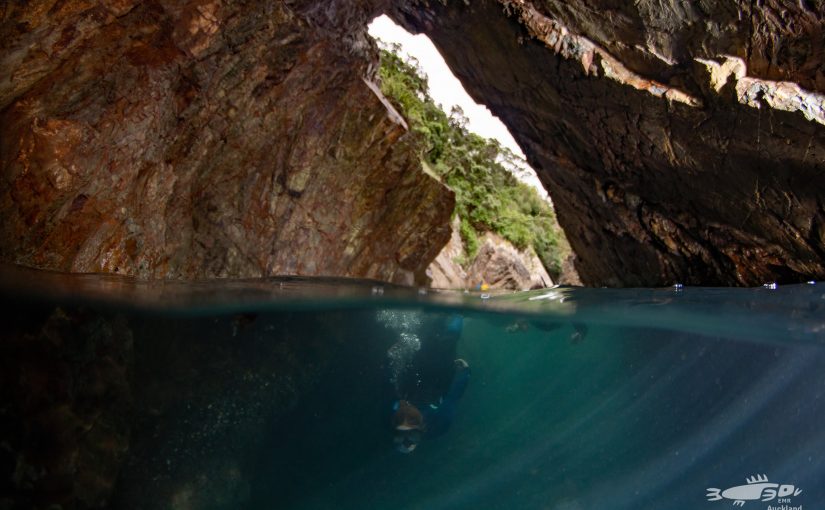We haven’t had a market on Rakino for a few years, so a few enthusiastic people have decided to have a crack at reinstating it on the Rakino events calendar.
It’s going to happen this year on October 23rd, 1pm till 3-ish, down at the Hall, after the RRA meeting. There will be a $10 a market table koha to be donated to the Westpac Rescue Helicopter Trust.
If you have bits and bobs to sell, come on down, and if you have some cash burning a hole in your pocket, definitely come on down. Come on down regardless.
There will be a sausage sizzle, so bring some gold coins for that, and Jennie Cruse will be busking, so bring some gold coins for her.
There will be t-shirts, tote-bags, cool pottery mugs, preserves, pearls, and much more. The art rooms will be open also, for painting ceramics, and jewels. Cash transfers are available.
If you need more info, email me, lisa@lisawest.co.nz
We look forward to seeing your lovely faces on Sunday. 🙂
Category: Uncategorised
EMR Labour Weekend Workshop
I have good news for the aspiring Rakino fish-counting snorkelers.
Many thanks to the Waiheke Local Board who have approved the grant we applied for to fund the Experiencing Marine Reserves workshop to be held on Rakino this coming Labour Weekend. Part of the grant includes funding for an underwater camera for documentation purposes, so with a bit of practise we’ll be able to show the non-snorkelers what lives in the rocky reefs around Rakino.
Also a big thanks to the excellent people at the Waiheke Resources Trust who supported our application. I’m confident we can build on that relationship in future.
Here is the link for anyone who is interested in Rakino-based citizen science;
https://www.eventbrite.co.nz/e/rakino-marine-monitoring-workshop-registration-422187924447
It’s free to participants, and we’ll supply your lunch. All the details you need to know are in the link, but don’t hesitate to email me at lisa@lisawest.co.nz if you require anything further.
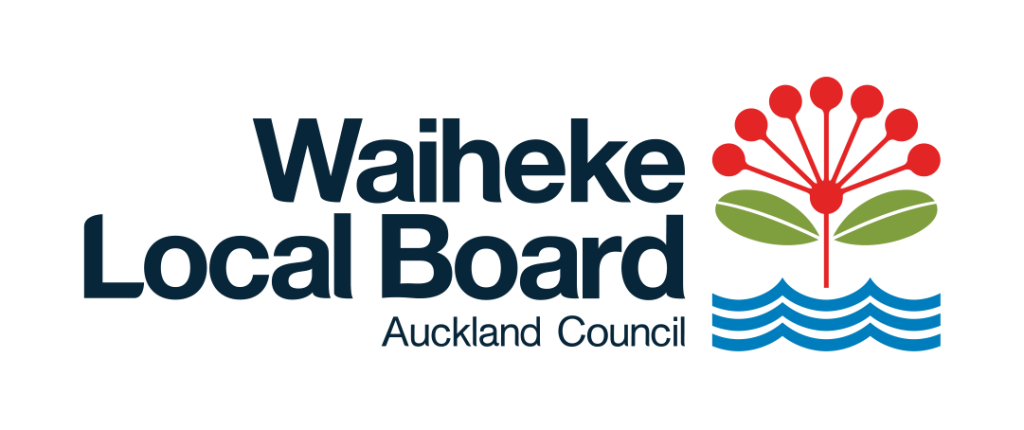
Kākā nesting box project with PFK
Lying in bed I can just see the bottom of the kākā nesting box that was installed high up a large old kanuka tree a couple of months ago. It doesn’t have any nesting kākā residing in it, but in future years it may as kākā numbers increase due to successful predator control, and they spread out around Auckland. Kākā from the Aotea Great Barrier flock have been appearing in Kaipātiki during the winter months for a few years now, though still in small numbers.
The Kaipātiki area on Auckland’s North Shore has a significant canopy area of 30%, a number of mature bush reserves, as well as areas of remnant kauri, so it’s little wonder it would be attractive to winter foraging Nestors. They seem attracted to the gully we live in, I think because it contains a number of tall trees, including kauri, and a variety of food options for generalist kākā, who eat seeds, insects, young leaves, and nectar.
The nesting box project was conceived by Pest-Free Kaipātiki, a local ecological umbrella group who provide tools and expert knowledge to volunteer groups who want to remove invasive weeds and introduced predators from the Kaipātiki environment. It’s a bold project, and the notion that we might one day have kākā nesting a short ferry ride from Auckland’s CBD is exciting.
The nesting box design was drafted up by Burgess, Treep + Knight Architects and from my vantage point looks rather palatial. The ‘hollow’ is a length of 400mm diameter pipe lined with untreated wood, and it has a possum proof roof. Volunteers generously gave their time to assemble the nesting boxes, and they were installed by arborists from Tree Tops. There are six of them placed around areas kākā are known to frequent in Kaipātiki.
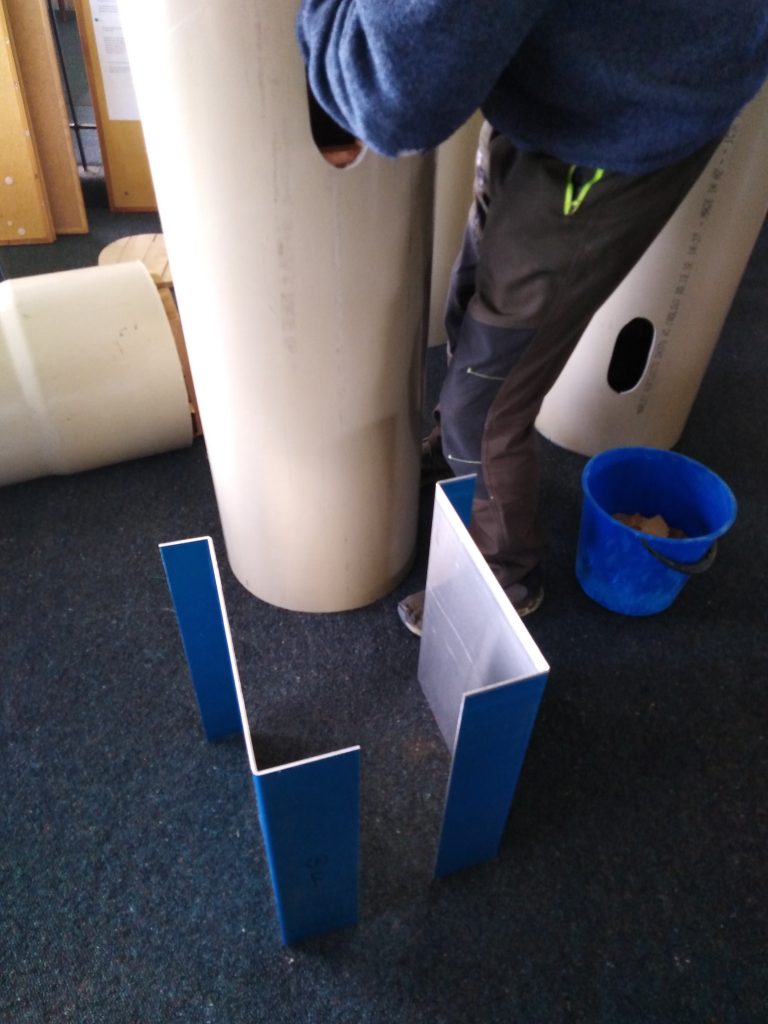
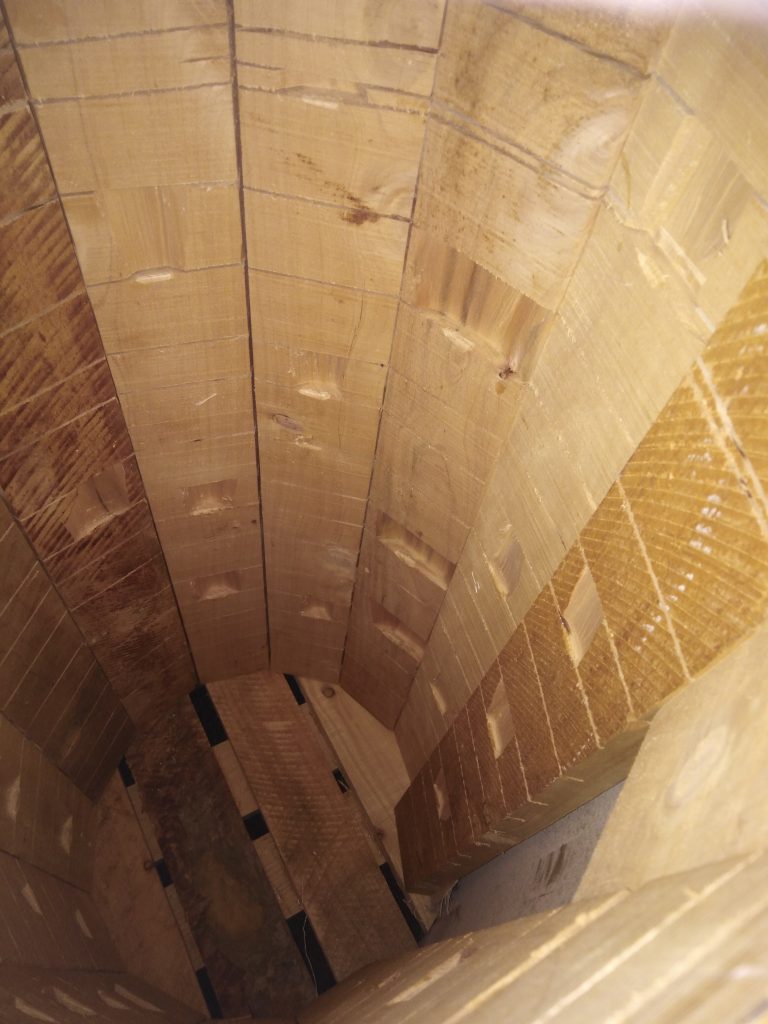
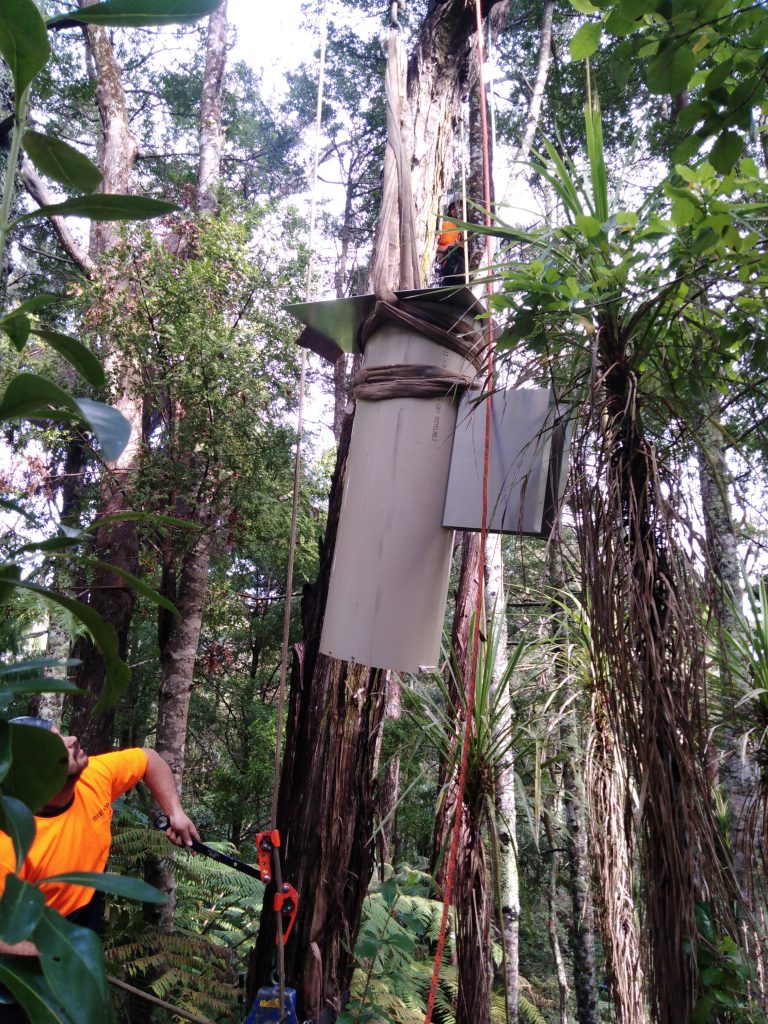
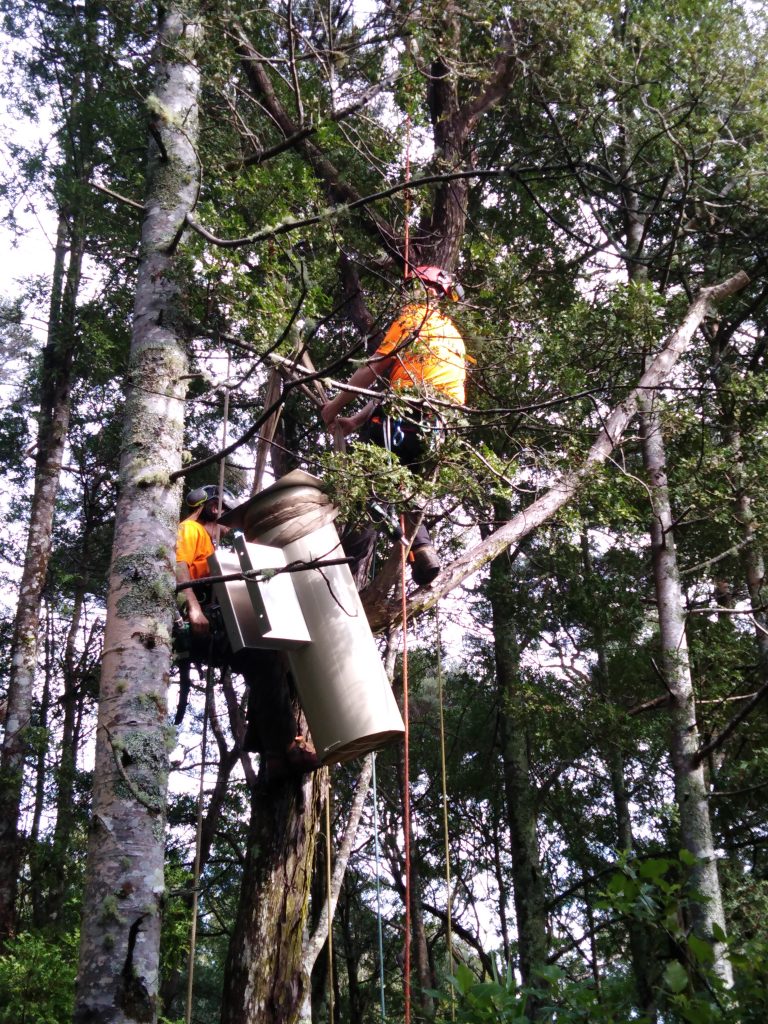
We didn’t know how many kākā were visiting, or their sex. I have heard reports of four kākā roosting in the old pines behind my neighbours, but the most I have seen at any one time is three.
I obsessively photographed and videoed them throughout August and September this year whenever they visited, and finally managed to establish that there was a solitary male who would call in, and a male and a female who would visit together. All three once visited simultaneously, and the cacophony and maelstrom of kākā activity was overwhelming.
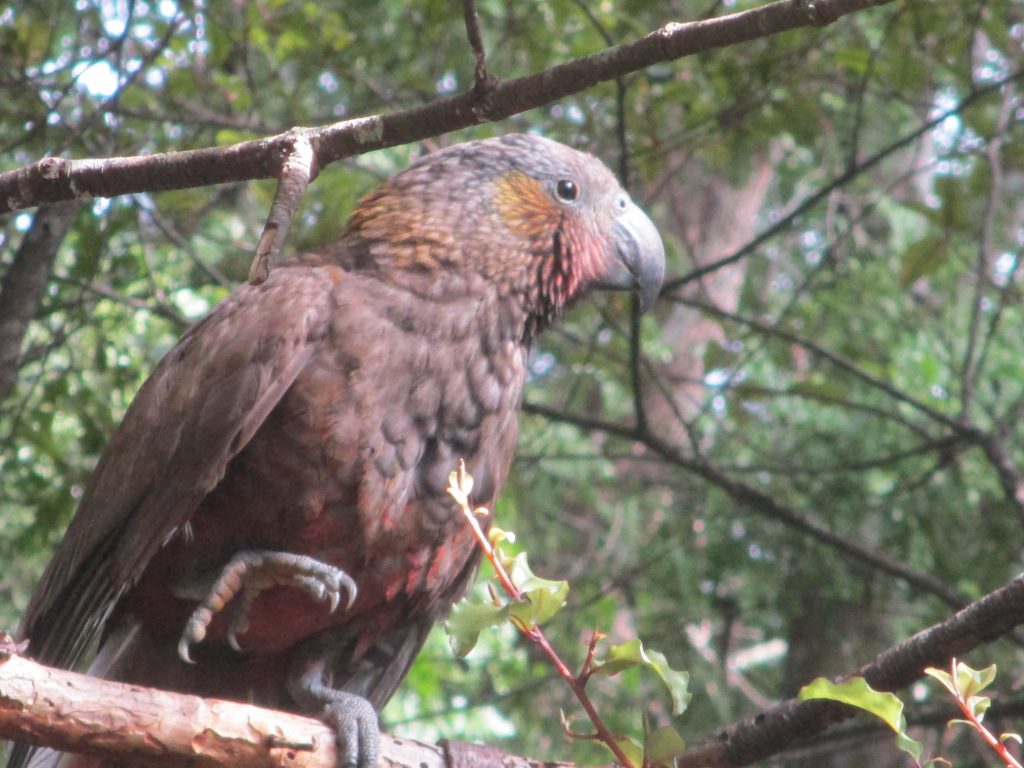
A solo kākā will be harassed by tūī, but two kākā seem more than a match for the local tūī gang.
I set up a project on iNaturalist to diarise and keep track of their appearances. The last entry is September 29th at 7.54am. It reads ‘Saw kaka fly past bedroom window heading towards Fernglen gardens. Very close to house.’ They may turn up a couple more times before heading back to their Hauraki Gulf island homes to breed, but they won’t be roosting here full time again till next June/July. It’s always interesting to note the dates when I get Facebook memories that mention kākā.
The most important thing is knowing that a healthy female was roosting here for a number of months. I also managed to capture a photograph of them in close vicinity to the nesting box, and on one occasion I saw a kākā perched on it’s roof, but my photo is terrible, and just shows a confusion of feathers to the left of the image. I think that bodes well for the future of the nesting box project. :>
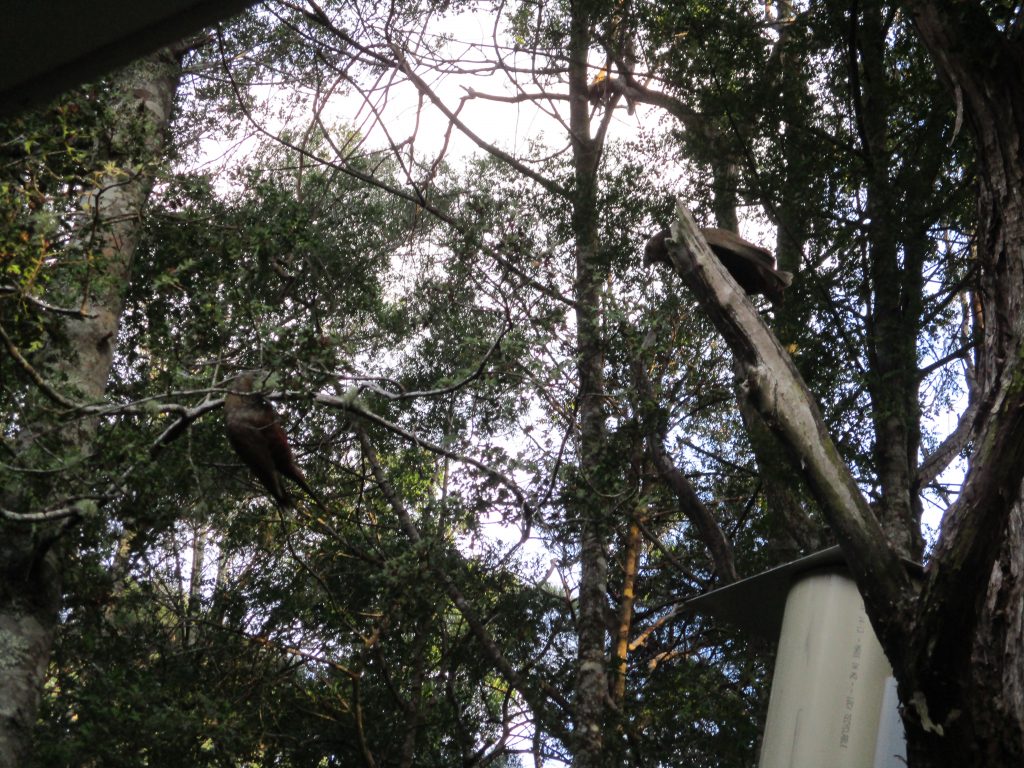
Many thanks to Pest-Free Kaipātiki for letting me share this project. 🙂
Featured image is of the apple thief.
Some depressing news in Conservation Week :(
Read the latest blog from our neighbours on the Noises here…
I’d like to encourage anyone who is worried about the continuing degradation of the Hauraki Gulf to write to the relevant ministers, David Parker, & James Shaw, d.parker@ministers.govt.nz, j.shaw@ministers.govt.nz
Make a noise for the Noises, and the Hauraki Gulf.
Attention Snorkelers!
This summer Experiencing Marine Reserves is keen to run a workshop on Rakino for aspiring citizen science snorkelers. The plan is to teach participants how to do fish counts and collect useful data so we can track what is happening in the water around Rakino. There are places for up to 20 participants and enthusiasm is high. There are about ten places left, so if you haven’t already registered your interest on the Friends of Rakino FB page, email me, lisa@lisawest.co.nz
The intention is to apply for a grant to fund the workshop.
I’ll keep everyone who is interested in the loop, but we’d also like to have a bit of a get-together this Matariki Weekend on Rakino (weather permitting!) in order to have a chat about the workshop, but also to eat snacks and enjoy a few drinks in good company. Details on get-together yet to be confirmed, but here is the workshop outline for your perusal.
Tiny Museum reviewed
My documentation of the event could have been better, but I was a tad flustered as I was still running around at 5pm trying to assign numbers to the art work for sale. Thankfully Holly was keeping calm like a professional.
Dylan and Simon were happy to pose for paparazzi shots, but sadly I missed the opportunity to take any photos of the throng. I was too busy debating about how to play sea shanties successfully through the speaker to pay proper attention.
I can confirm the ladies of the Backhouse-Smith household were the height of glamour, and I’m dismayed at my failure to document their fabulosity. 🙁
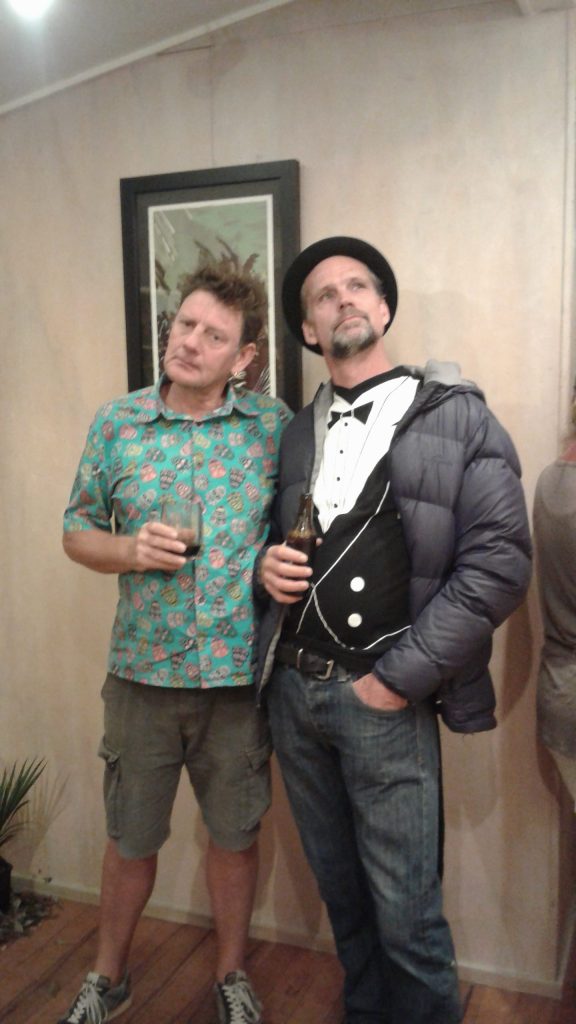
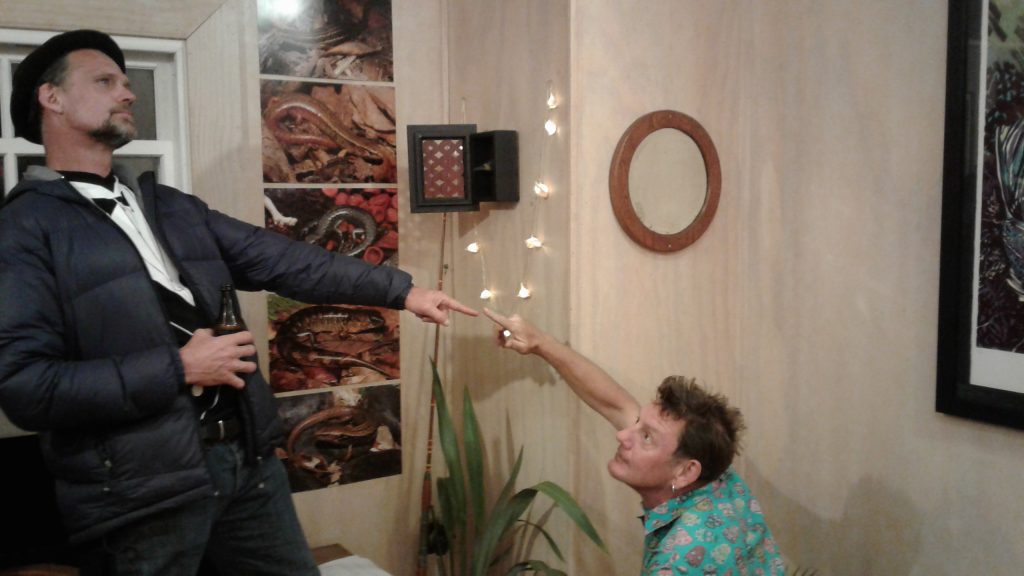
There was a brief flurry of consternation as Billie the Dog opportunistically made off with McCann family heirloom ‘shark-stick’, but the treasure was quickly retrieved, and the saliva removed. As Josh remarked drily “well technically, it is a stick”. I’ve made similar faux pas in galleries myself, so don’t wish to cast aspersions at Billie. Scuba Steve was also a very popular exhibit, as were Dylan’s beach fossicked skulls. A certain wall-mounted viciously fanged skull kept the punters guessing, and many were surprised to discover it was a feral cat.
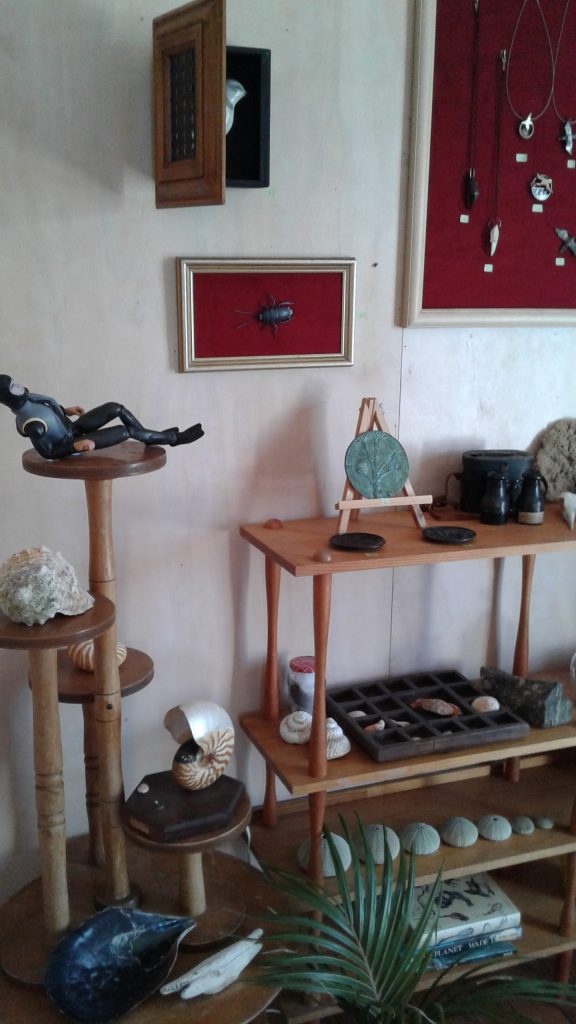
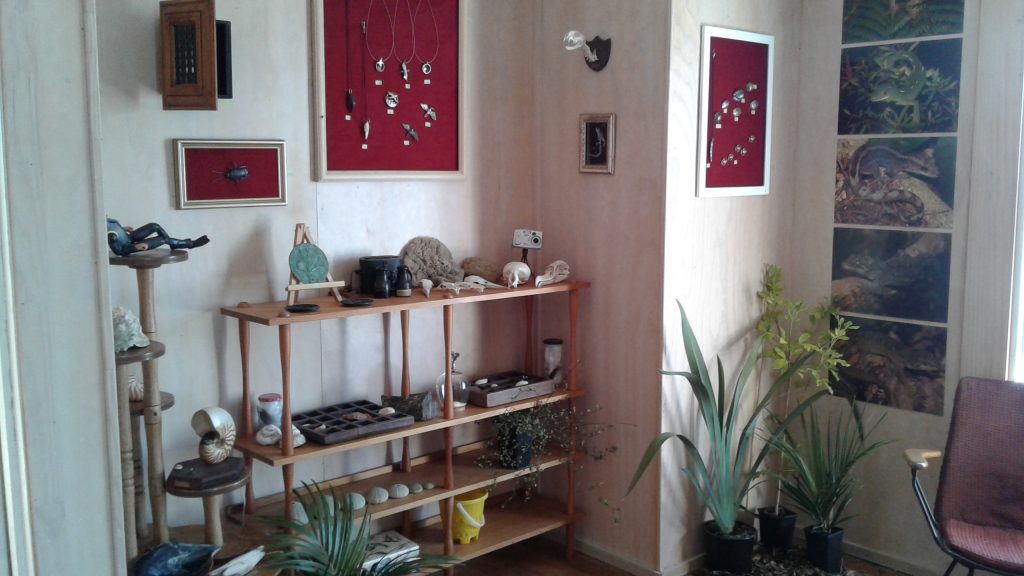
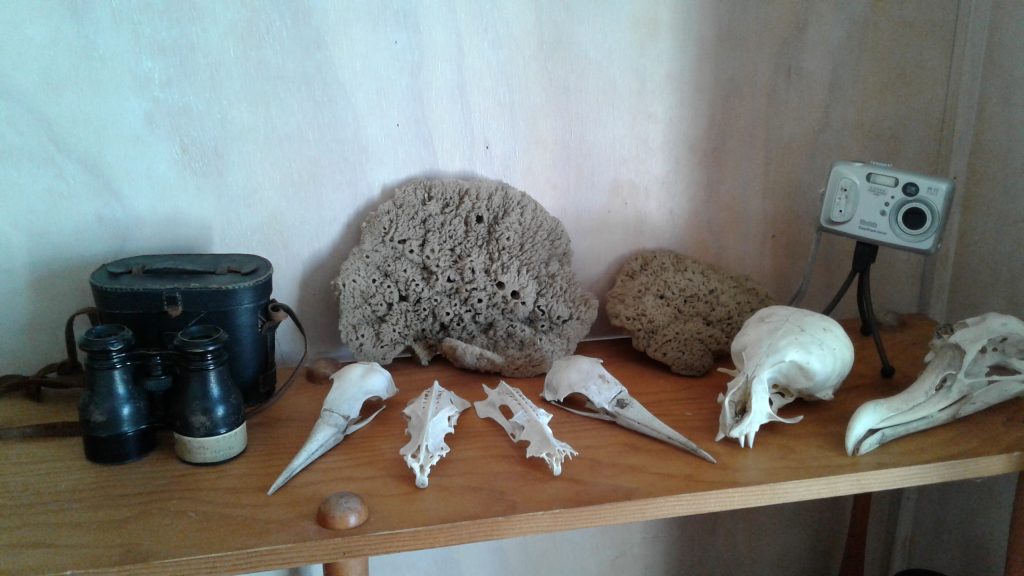
Many thanks to everyone who came to the opening event, visited the Tiny Museum, brought along delicious snacks, and generously lent their treasures, display units, trees, and artwork over the Easter period. The weather was a little unkind, but the turn out was pretty good regardless. I was particularly happy to see how many Rakino kids turned up with their beautiful artwork to stick to the undersea background!
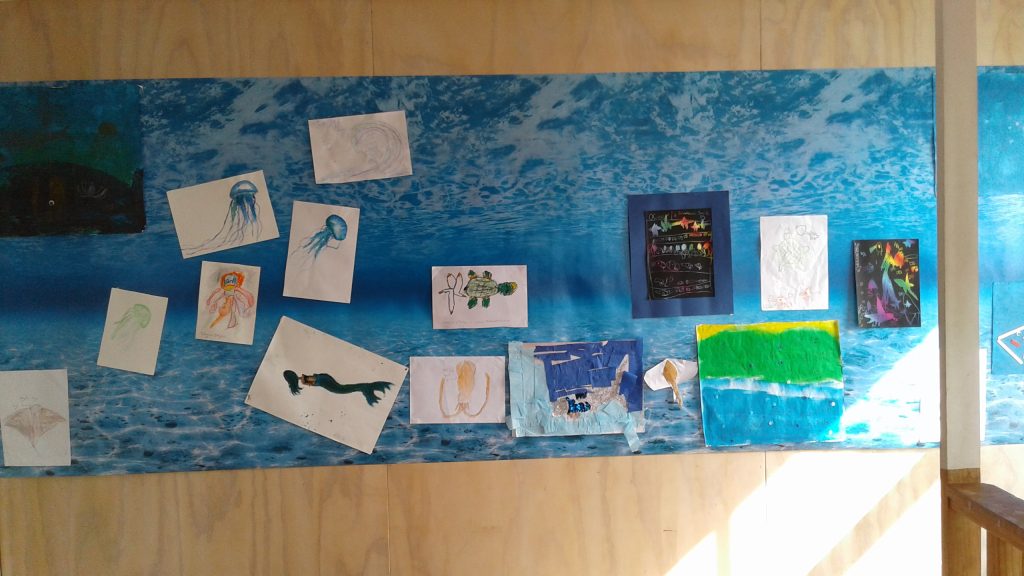
The purpose of the Tiny Museum portion of the Easter art show was to draw attention to marine and terrestrial environment of Rakino, to celebrate our 20 years predator-free status, but also to make us think about where we might go from here. The displays of gecko & skink posters will remain for now, as will the posters of the photographs taken of the Woody Bay & Otata snorkel trips. There are QR codes next to some items, and if you scan them with a code reader you can find out more about them. There is also plenty of artwork still available. Money was raised for the Westpac Helicopter thanks to Harriet’s generosity, and there is still potentially more money to be raised thanks to a further donation of an art work by Anne McCabe, courtesy of Mark & Julianne.
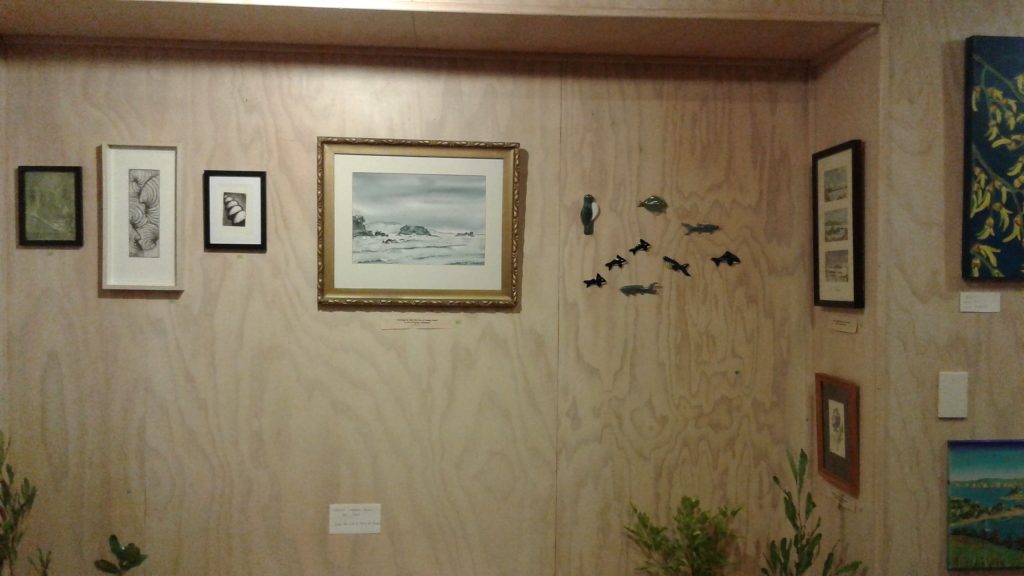
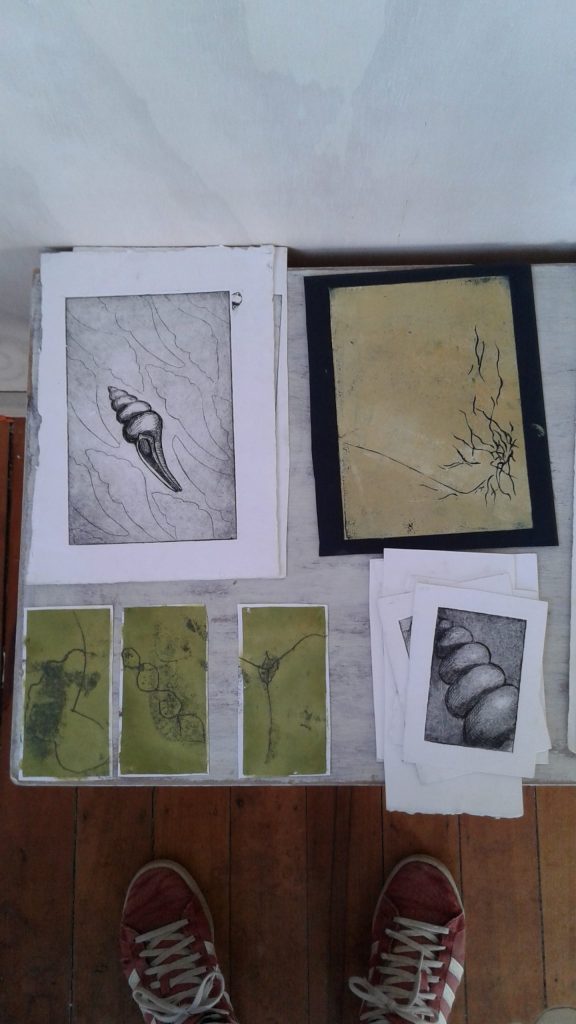
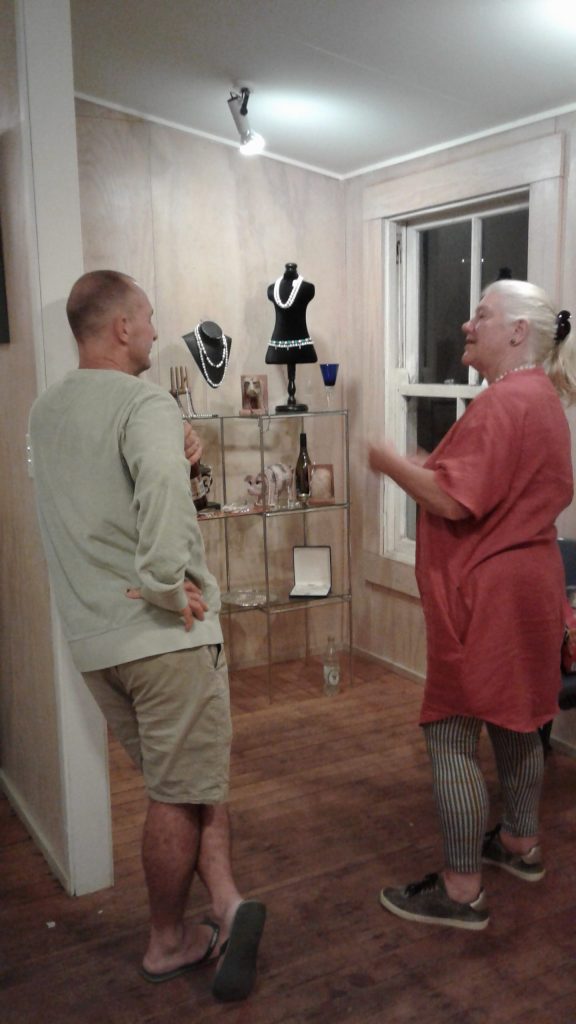
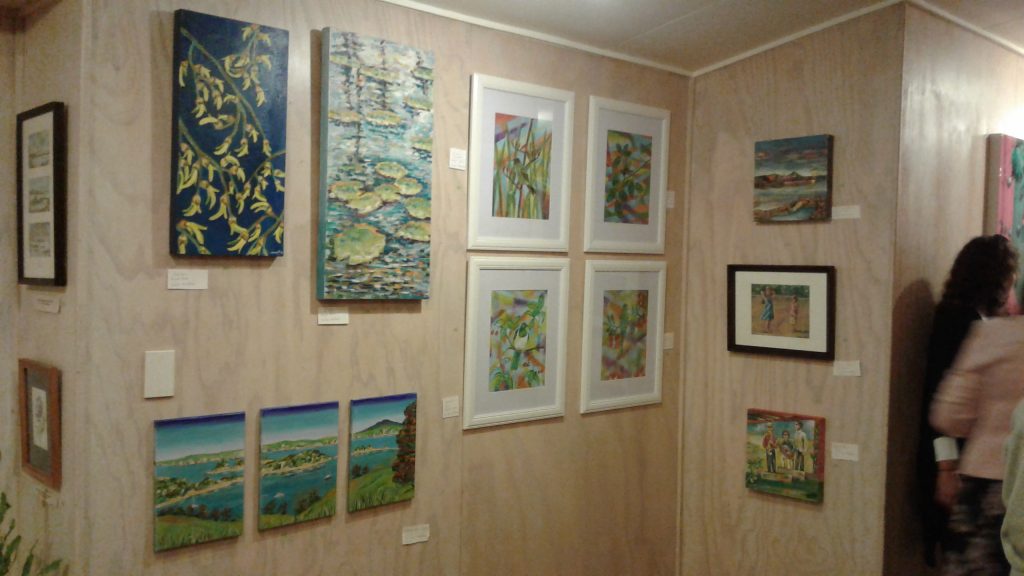
Thanks All, and see you next time.
The Tiny Museum @ ORCA
Easter Art Show on Rakino Island
This Easter we have a theme for the Art Show on account of the fact it’s 20 years since Rakino became pest free. In addition to the usual great art available to purchase we are setting up photo displays about marine and terrestrial conservation on Rakino. There will be glorious gecko, and sublime seascapes.
We have an area we are styling as the ‘Tiny Museum’, an open cabinet of curiosities containing beach combed treasures and objet. We have a large wall dedicated to displaying sea critters created by ‘kino kids, so I’m looking forward to receiving lots of marine flora and fauna to attach to our undersea background.
Below are a few tasters of some of the work on show; more images to come. 🙂
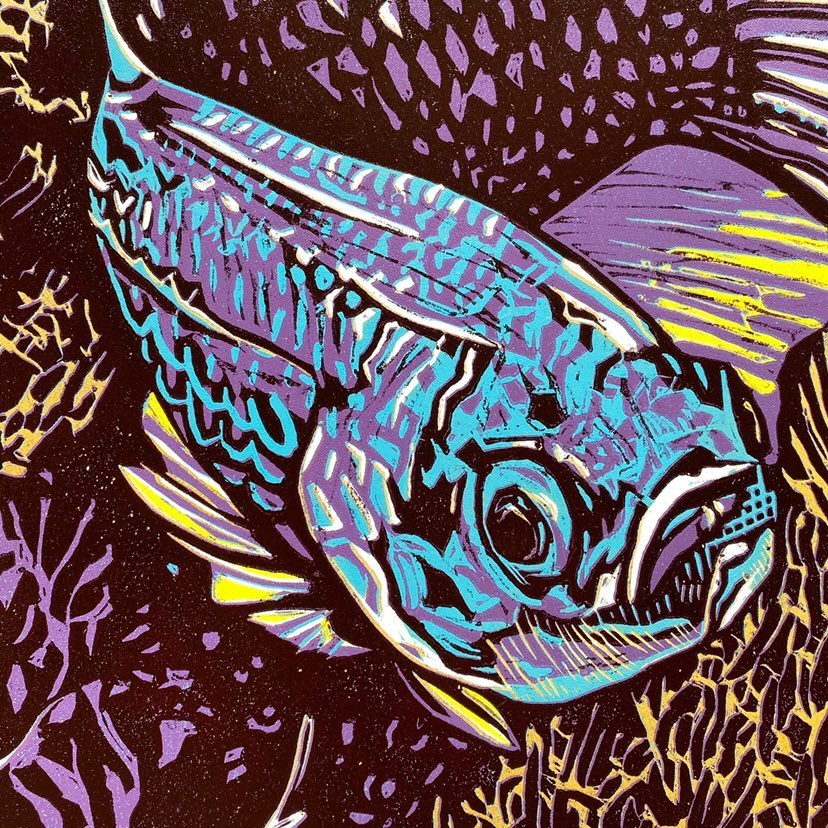
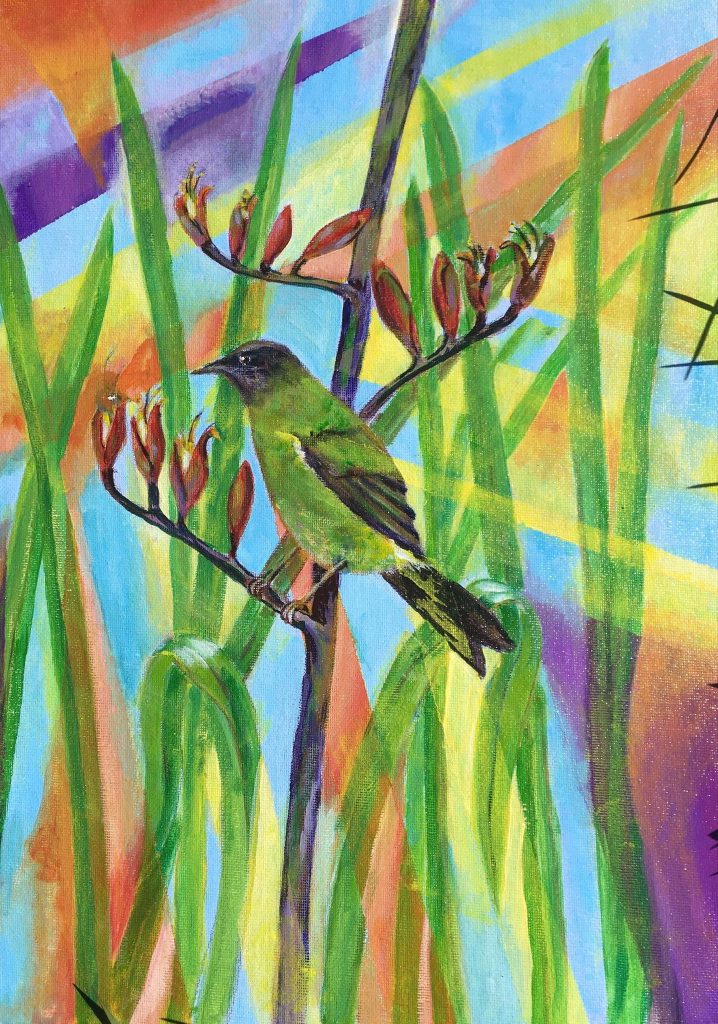
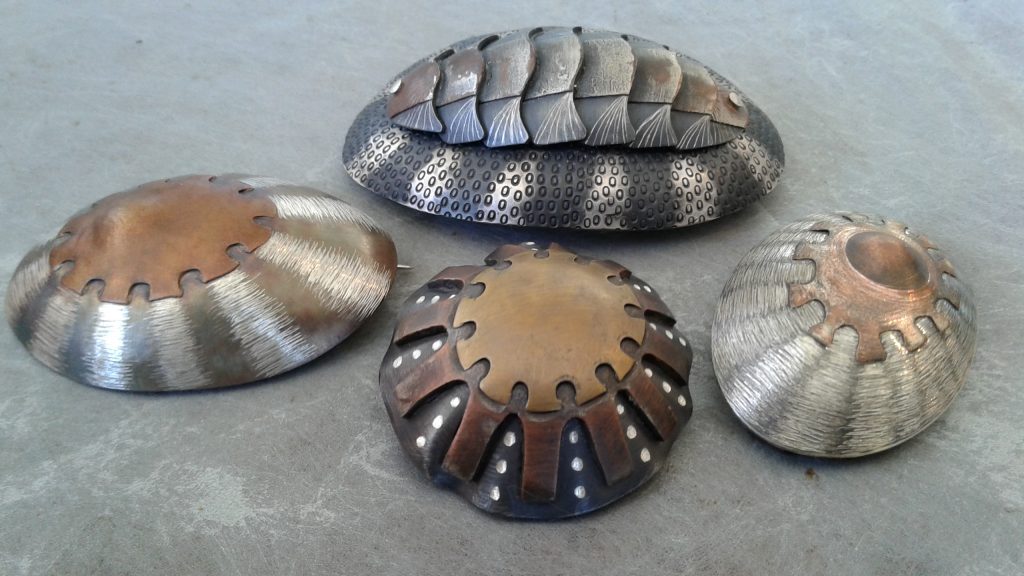
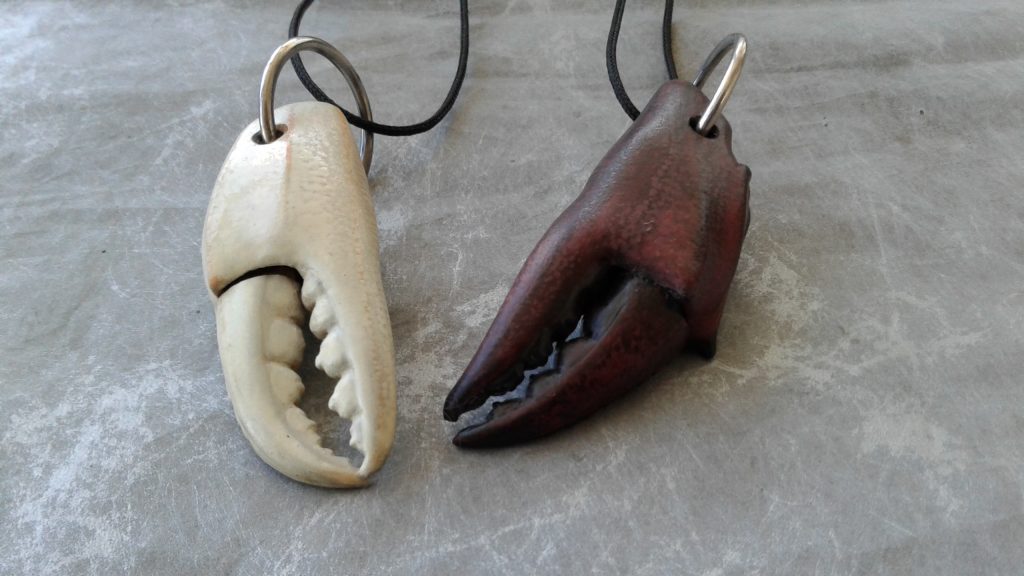
Heavenly Herpetofauna of the Hauraki Gulf: Part II Skinks
New Zealand has 78 known species of skink but, as with the gecko, new species are being identified quite regularly, the Hauraki Gulf has at least eight.
Here are three Gulf locals and two that are regionally extinct – they were once here and could be again as there are plans to reintroduce them to pest-free islands in the gulf.
Rakino has three species of skink that I know of, the Copper skink, the Moko, and the Shore skink.
Others in the Gulf are the Chevron, the Striped, the Hauraki, the Suters, and the Ornate.
Copper skink (Oligosoma aeneum)
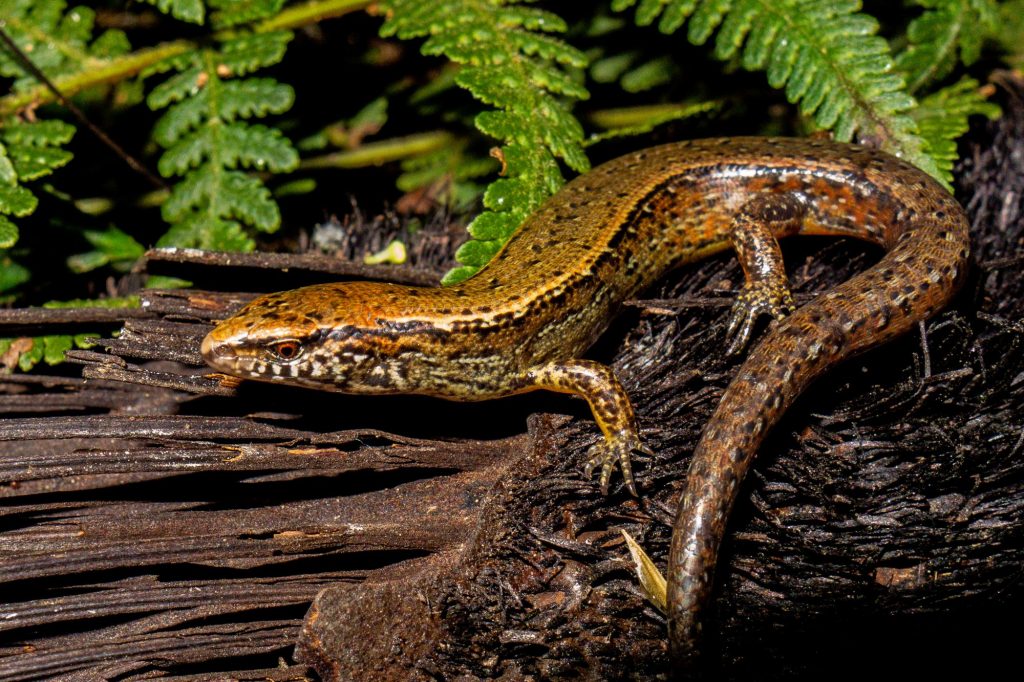
If you’re a North Islander, then this is the skink you are most likely to encounter, as it’s found almost all over. It is at risk from competition with the introduced plague skink though, so it’s vitally important to be careful when going to offshore islands not to accidentally introduce them. One of three species present on Rakino.
https://www.reptiles.org.nz/herpetofauna/native/oligosoma-aeneum
Moko skink (Oligosoma moco)
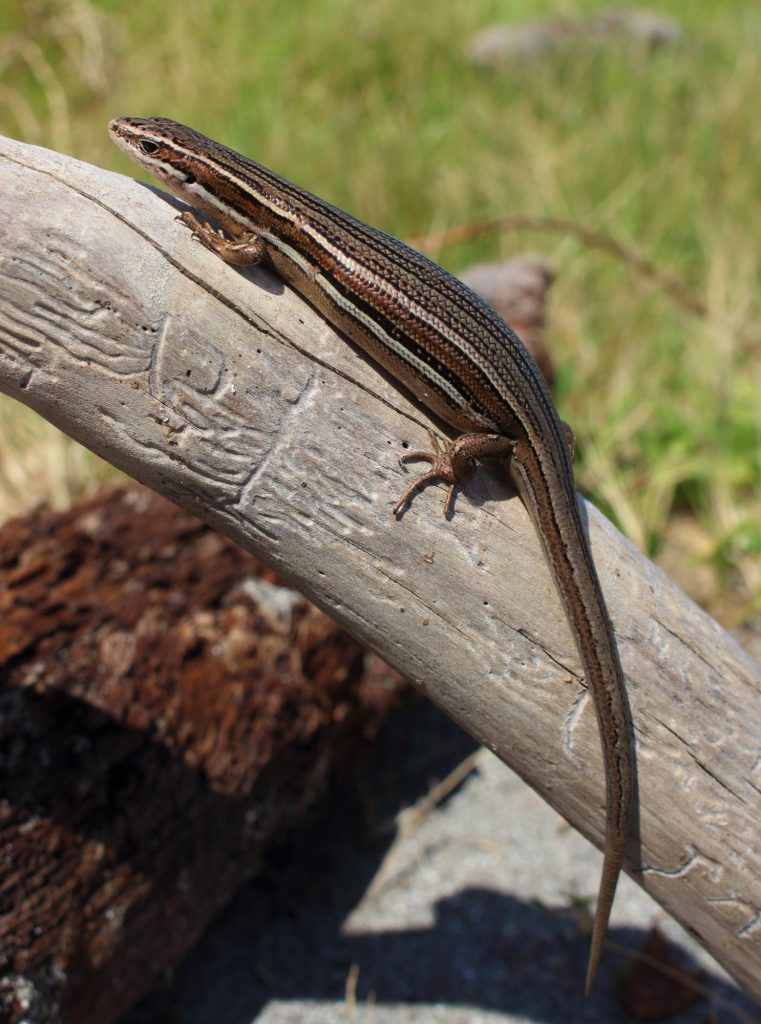
Another Rakino local (I saw one just the other day) the Moko is quite distinctive, with broad chocolate stripes on each side. You can impress strangers at parties by informing them that Mokos are heliothermic and occupy their own clade on the Oligosoma phylogentic tree.
https://www.reptiles.org.nz/herpetofauna/native/oligosoma-moco
Egg-laying skink (Oligosoma suteri)
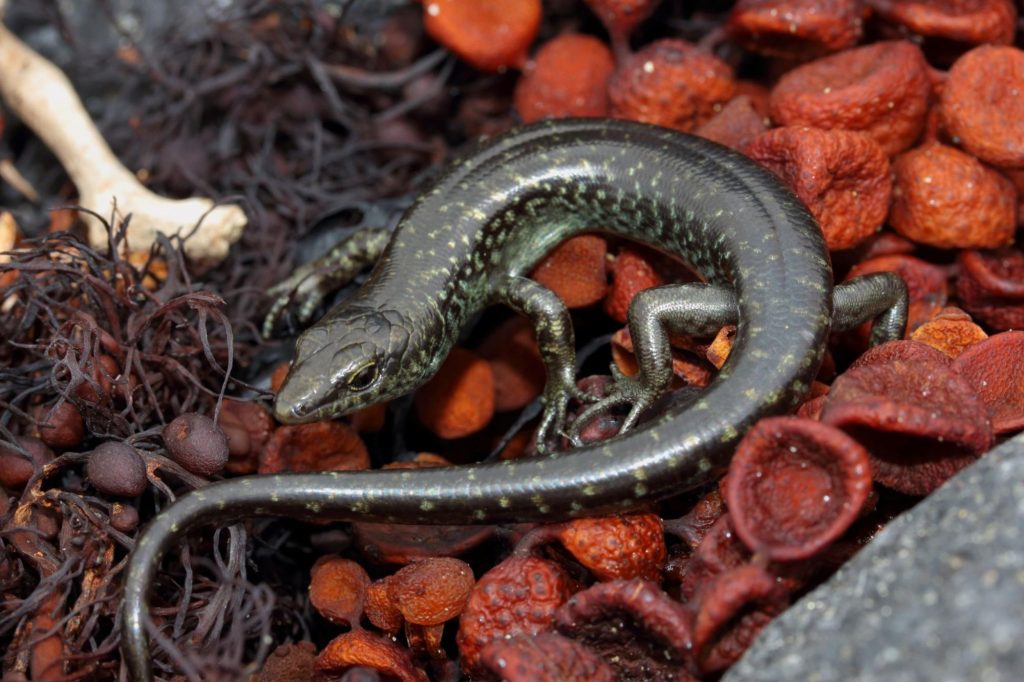
New Zealand’s only egg-laying skink is mostly only found on pest-free islands, including some in the Hauraki Gulf. They live around the shore and sometimes forage underwater.
https://www.reptiles.org.nz/herpetofauna/native/oligosoma-suteri
Robust skink (Oligosoma alani)
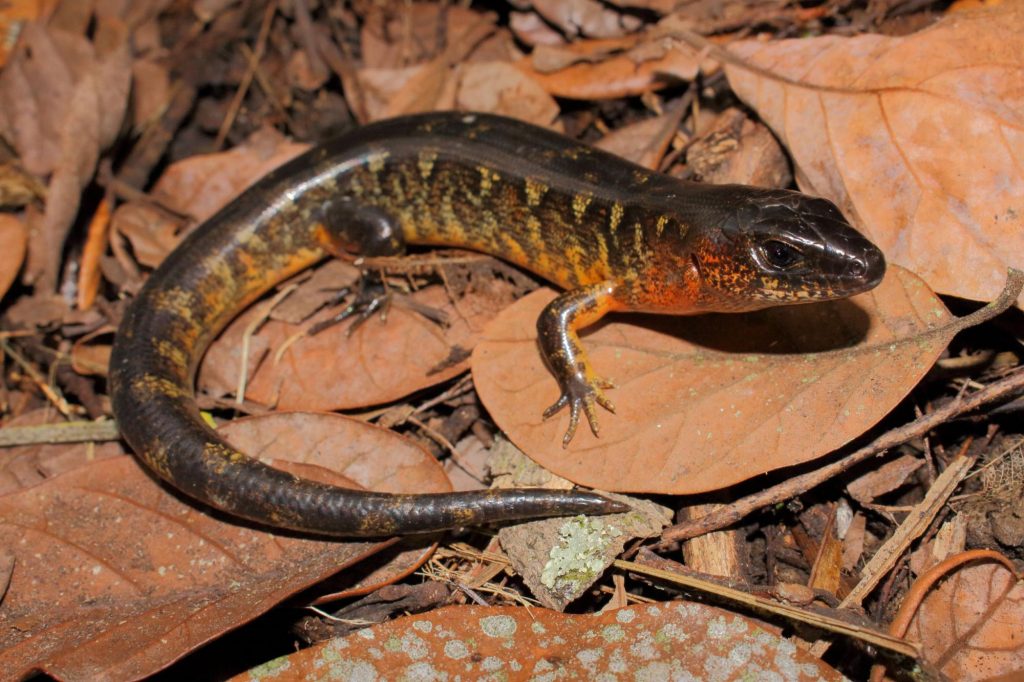
New Zealand’s largest skink, the Robust was once present in the Gulf, but is now regionally extinct. Hopefully moves to relocate them to pest-free islands will see them here again.
https://www.reptiles.org.nz/herpetofauna/native/oligosoma-alani
MacGregor’s skink (Oligosoma alani)
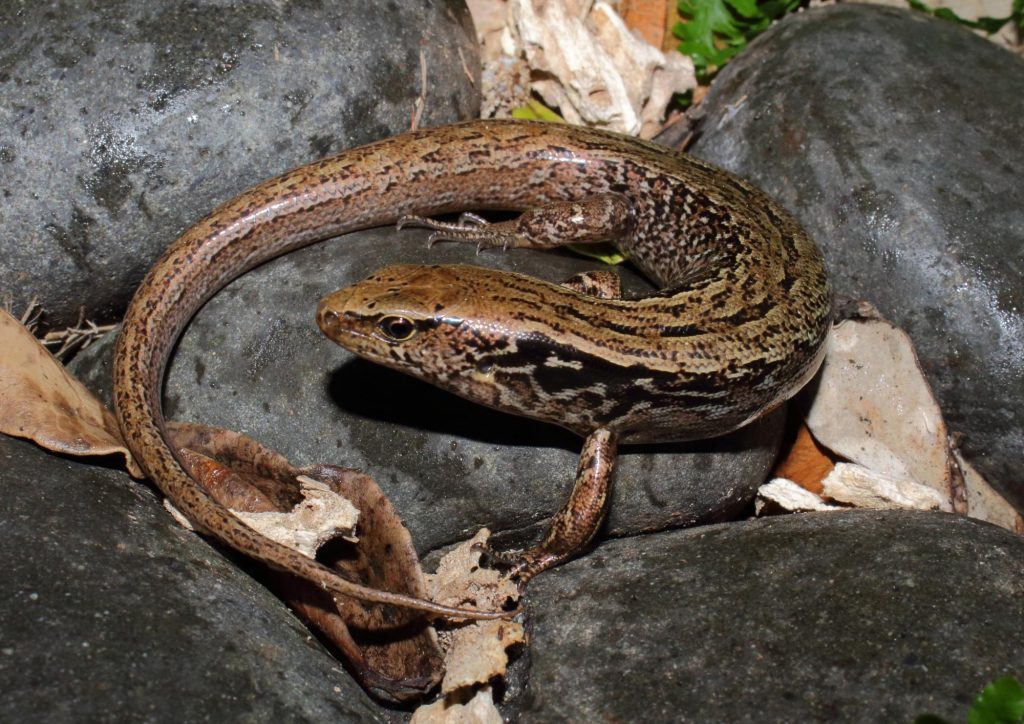
https://www.reptiles.org.nz/herpetofauna/native/oligosoma-macgregori
Also regionally extinct, this crepuscular beauty may also be reintroduced to the Gulf.
All photos courtesy of © Nick Harker
Heavenly Herpetofauna of the Hauraki Gulf: Part I Geckos
I’ve always loved New Zealand geckos; with their loose, velvety skin and big friendly eyes, they are charming, almost whimsical creatures.
There are 48 known species, but new species were discovered even in the last year. With seven distinct genus groups, they are incredibly varied and long-lived, with some species exceeding 50 years of age in captivity. Due to introduced predators and loss of habitat, many are seriously endangered and live only on offshore islands.
Although there was a reported sighting of what could only be the Elegant Gecko a while ago, no species are officially resident on Rakino. This is a blog about the species present in the Hauraki Gulf, the ones that we could get to see on Rakino Island someday. They are democratically spread across five genus groups with one species each…
The Elegant gecko (Naultinus elegans)
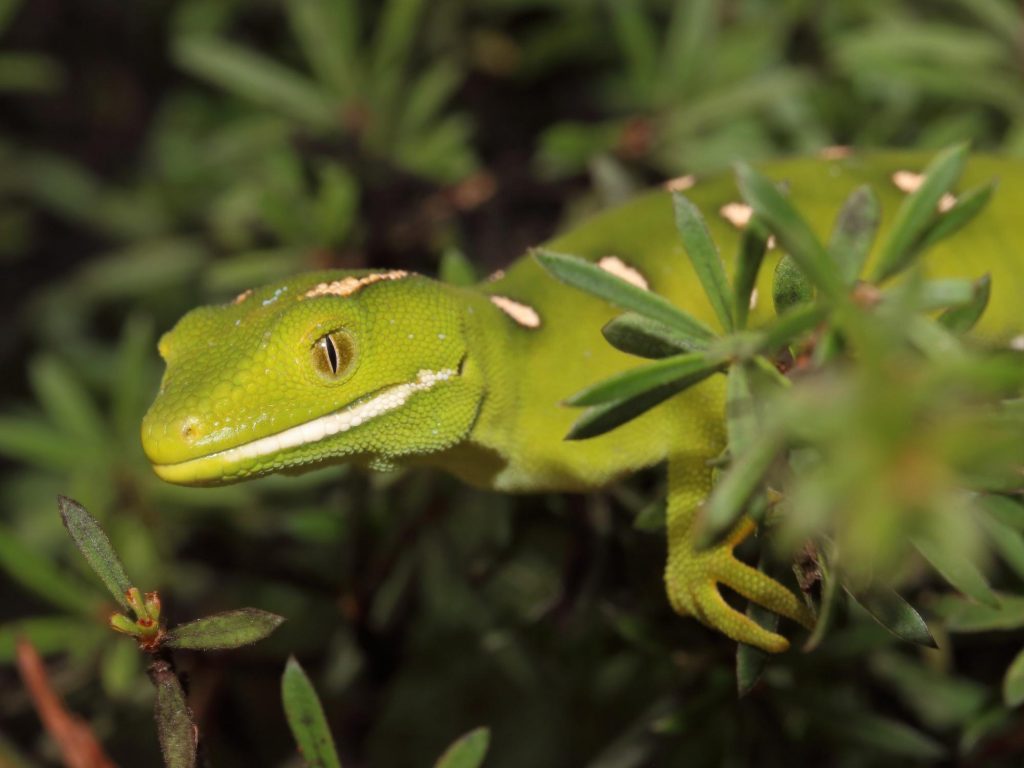
This is the iconic one we all think of; bright verdant green (or yellow) with white diamonds. As if that isn’t enough, the Elegant has a blue mouth, black tongue, and can lick its own eyeballs.
https://www.reptiles.org.nz/herpetofauna/native/naultinus-elegans
The Forest gecko (Mokopirirakau granulatus)
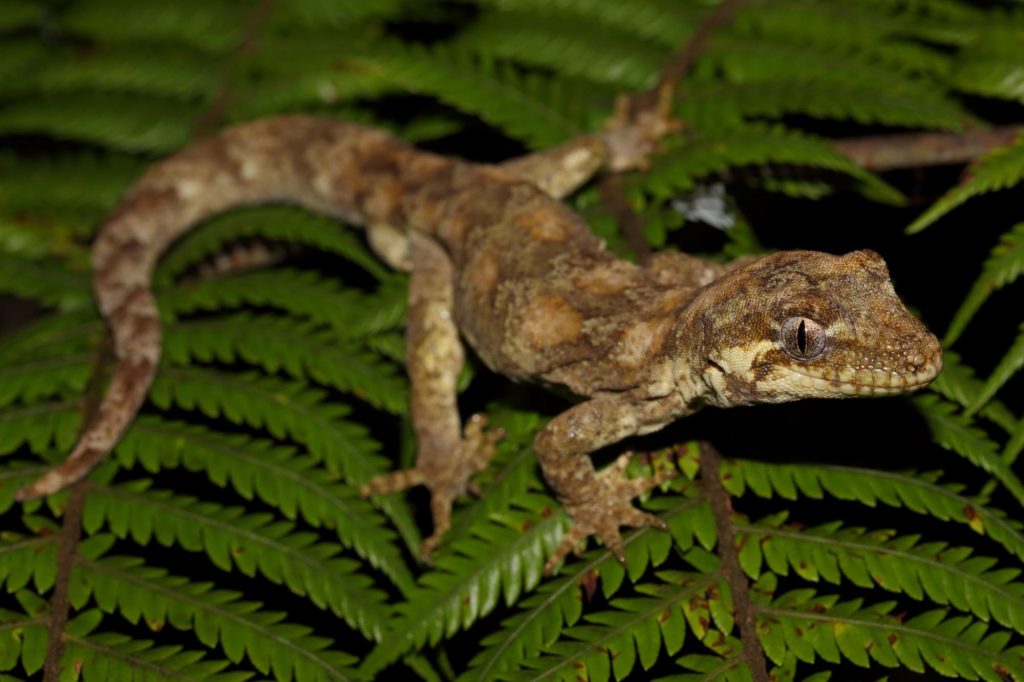
https://www.reptiles.org.nz/herpetofauna/native/mokopirirakau-granulatus
Raukawa Gecko (Woodworthia maculata)
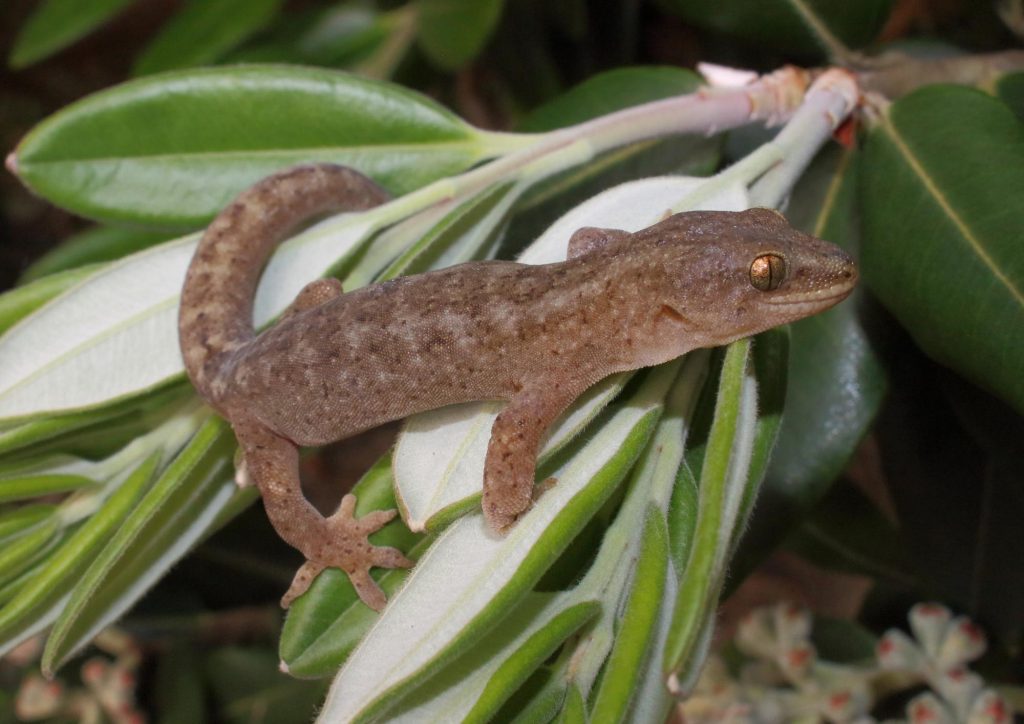
https://www.reptiles.org.nz/herpetofauna/native/woodworthia-maculata
Pacific gecko (Dactylocnemis pacificus)
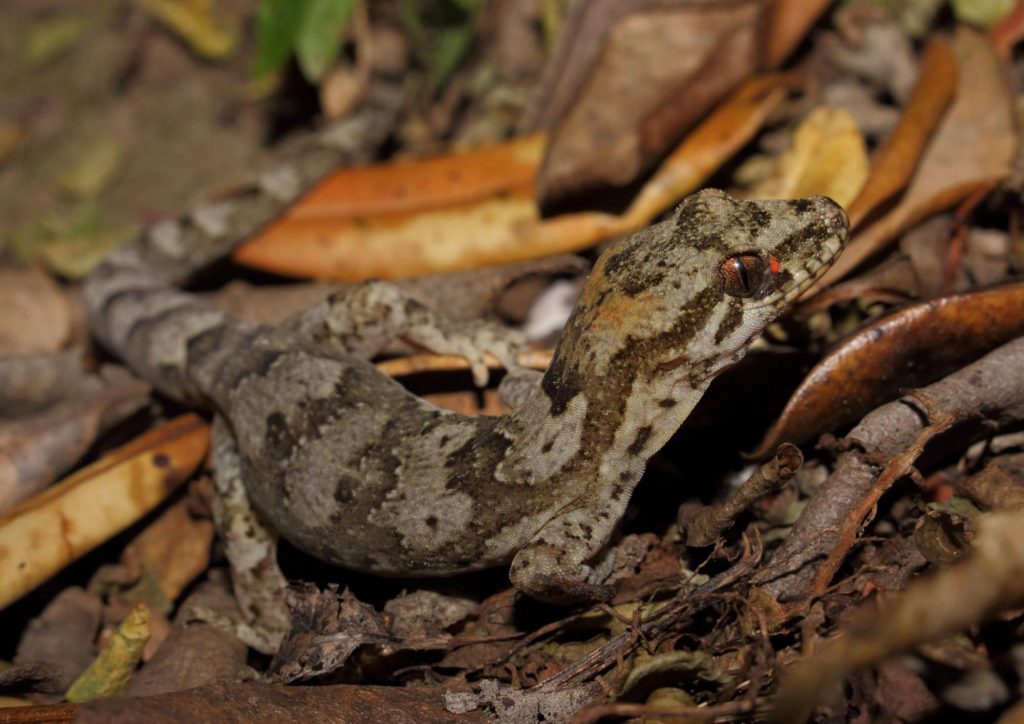
https://www.reptiles.org.nz/herpetofauna/native/dactylocnemis-pacificus
Duvaucel’s Gecko (Hoplodactylus duvaucelii)
All the geckos are beautiful and fascinating, but the Duvey is almost unfairly endowed with endearing attributes; this, the largest New Zealand lizard is possessed of mesmerizing golden eyes and a beguiling yet self-deprecating grin, can live for more than 50 years and, although nocturnal, hangs out in social groups to bask in the sun. Behold the Duvaucel.
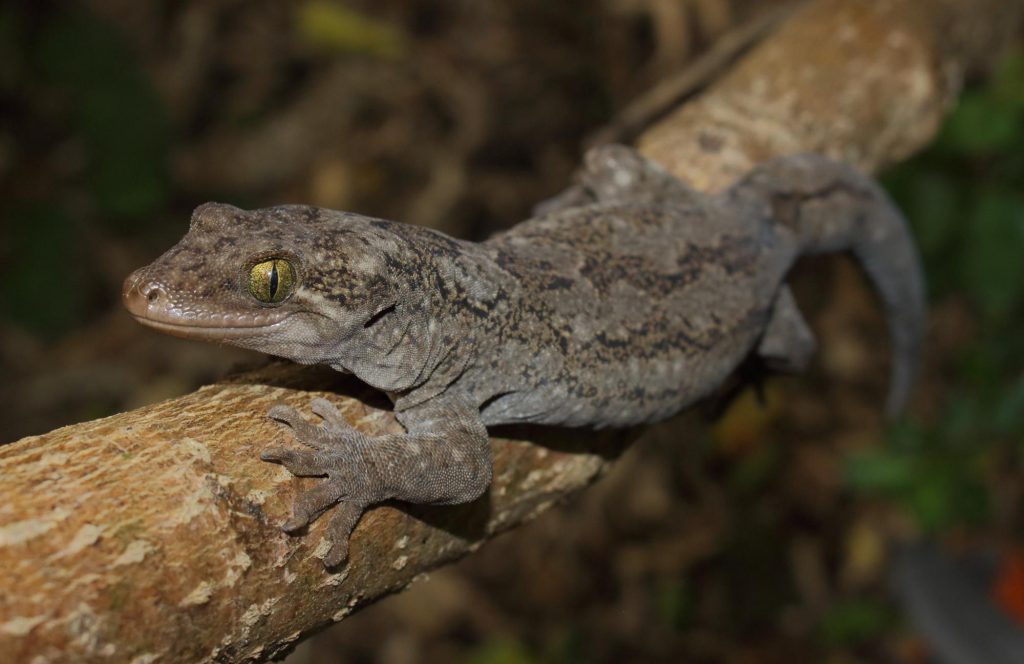
https://www.reptiles.org.nz/herpetofauna/native/hoplodactylus-duvaucelii
Many Thanks to Nick Harker for the Gecko photos all are copyright Nick Harker
Ōtata Snorkel Trip
I set off punishingly early in the silent pre-dawn of Rakino Island, wandering down to the wharf I passed three houses with their lights on. These folk were not early risers, something strange was afoot.
Nine of us turned up to catch a boat over to Ōtata, the largest island of Noises, a collection of islands to the northeast of Rakino.
I may have been overly keen as I’d squeezed myself into a wetsuit even before the boat arrived, sparking a conversation about the difference between ‘fitting’ and ‘appropriate’.
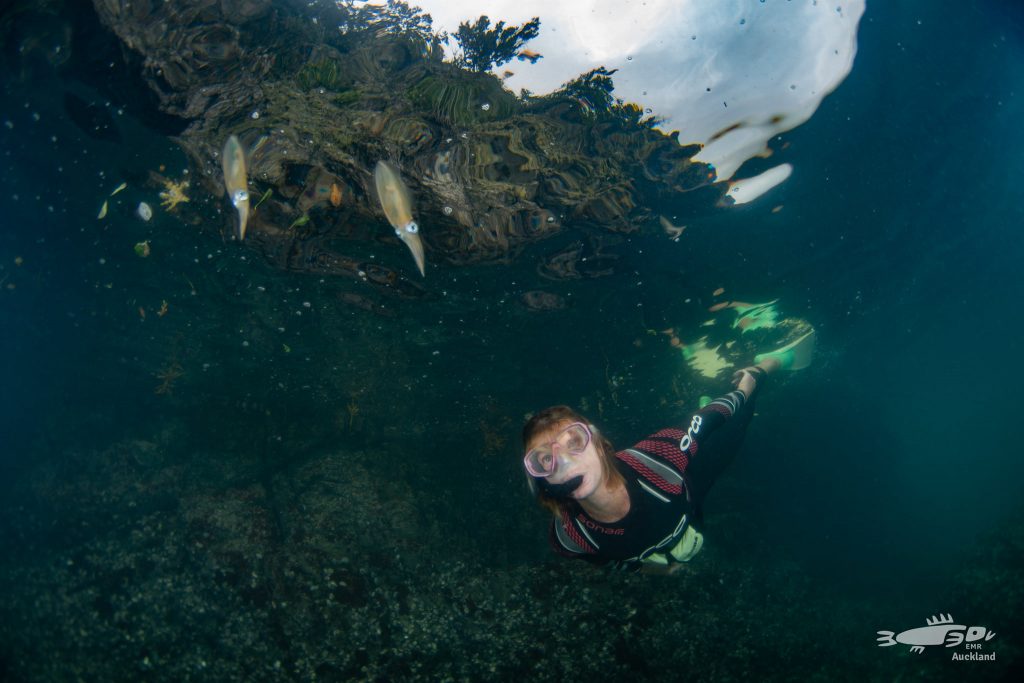
Steve turned up with the team from Experiencing Marine Reserves, some of them with diving gear to explore the Rakino coast, the rest to join the nine Rakinoites over to the Noises.
Sue Neureuter met us on the beach and told us a bit about the history and ecology of the Noises.
Captain McKenzie built a cottage on Ōtata and sold it to one Frederic Stanley Wainhouse, deputy harbour master for Auckland Harbour Board, who purchased the island group in 1933 for £200.
Wainhouse married Margaret Neureuter and they spent a significant amount of time living there during the second world war, keeping chickens and brewing their own beer. Now that’s what I’d call intrepid, living on an island in the Gulf with the threat of the Japanese navy in the Pacific.
The Noises have a long history of visitation and seasonal habitation by Iwi, and midden contents on Ōtata predating the eruption of Rangitoto is one of only two archaeological sites this early in the Auckland region.
Obsidian tools have been found there, fashioned from black volcanic glass, they can take a razor-sharp edge. Interestingly, most of the obsidian for tools came from Tuhua (Mayor Island) in the Bay of Plenty, and the top-quality raw material was traded far and wide.
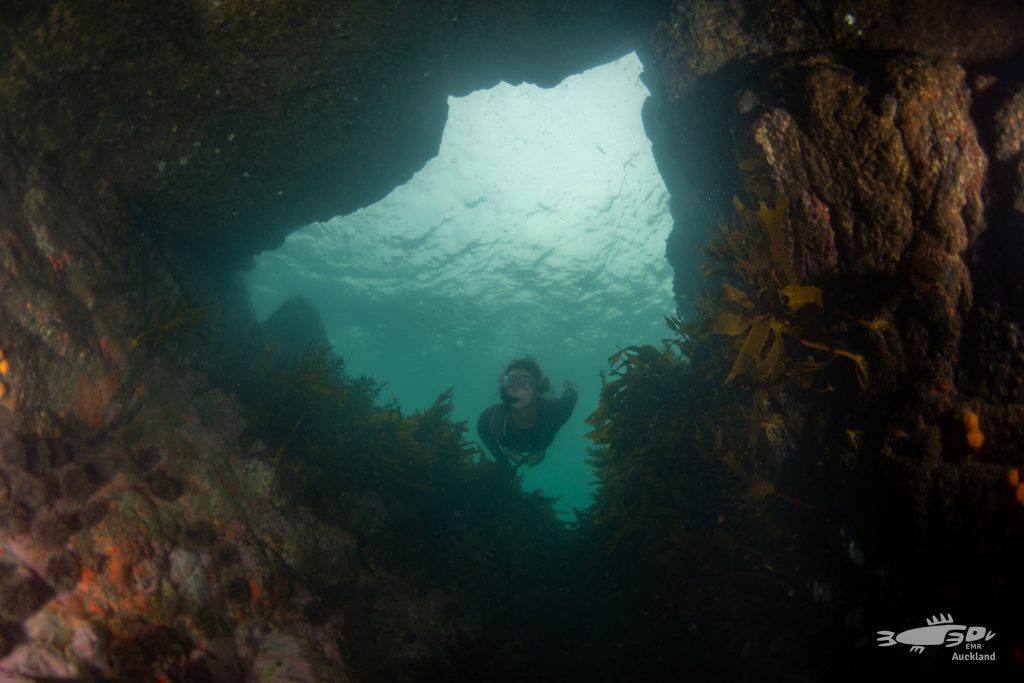
The water was a balmy 23 degrees as we slipped in and began exploring the caves and chutes on the east side of the island. I’ve been snorkeling a bit around Rakino recently and, exciting though Rakino is, the Noises have a much larger diversity of marine species. One reason for this may be the interrelated nature of terrestrial and marine ecosystems. Ōtata is almost completely forested and home to many terrestrial species including numerous seabird species whose guano cycles back into the marine environment and contributes to fertilising the kelp forests which are home to many piscine denizens.
the highlight for me was a pair of friendly and inquisitive squid
It’s a great credit to the Neureuter family and also, I think, an inspiring example of what can be done. It is now 20 years since Rakino was rid of rats, with much more planting of native vegetation it could become a breeding ground for far more seabirds if only we’d stop stealing all their food.
We saw a fascinating variety of sea creatures, but the highlight for me was a pair of friendly and inquisitive squid, waving their tentacles and pulsing with rainbow colours.
After a terrific couple of hours in the water, Sue took us for a bit of a trek. Ōtata has never been cleared or farmed and it’s mostly pohutukawa dominant closed-canopy forest with very few invasive weeds. With no browsing mammals or rats, it’s also got a decent understory of many fern species and a wide variety of indigenous coastal plants.
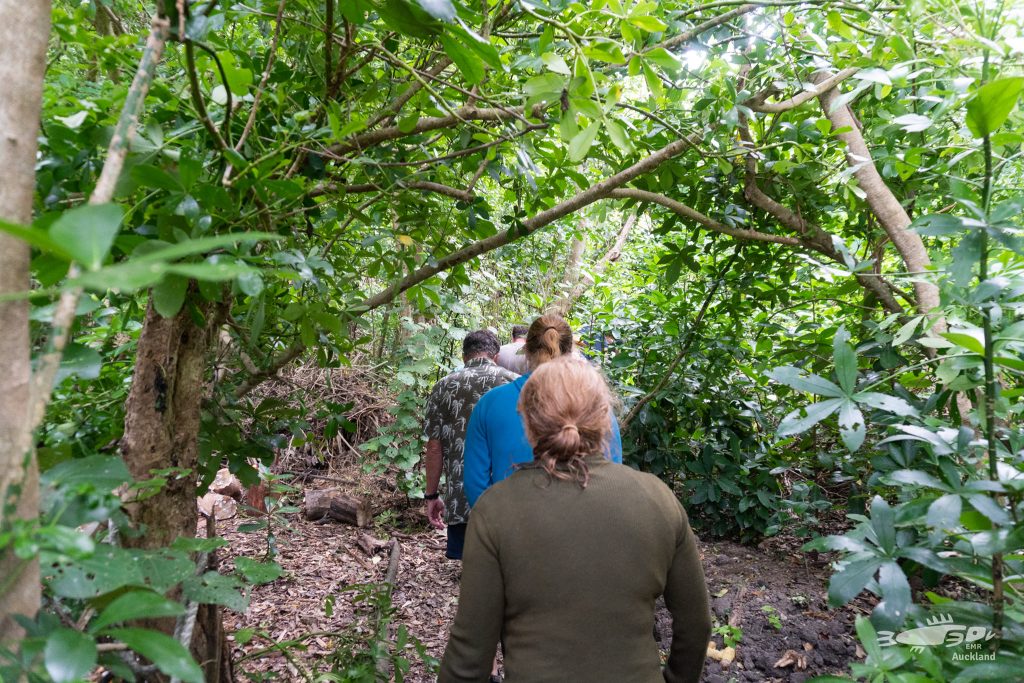
Wandering back down the hill, in a world of my own, I strayed away from the group, took a wrong turn, and ended up on the wrong side of the Island. I only just made it back before the boat left, greeted by perplexed looks and the unspoken suspicion that a chap who managed to get lost on a 15-hectare island might very well constitute a mental health risk.
It was a fantastic trip. Many, many thanks to Experiencing Marine Reserves and the generosity of the Neureuter family.
Images courtesy of Lorna Doogan of EMR.
